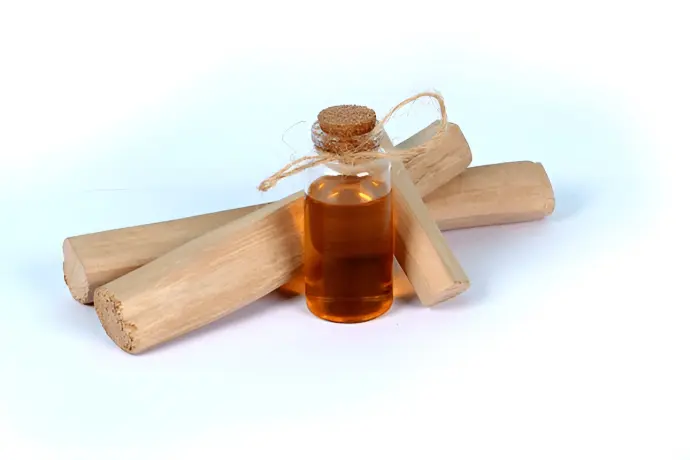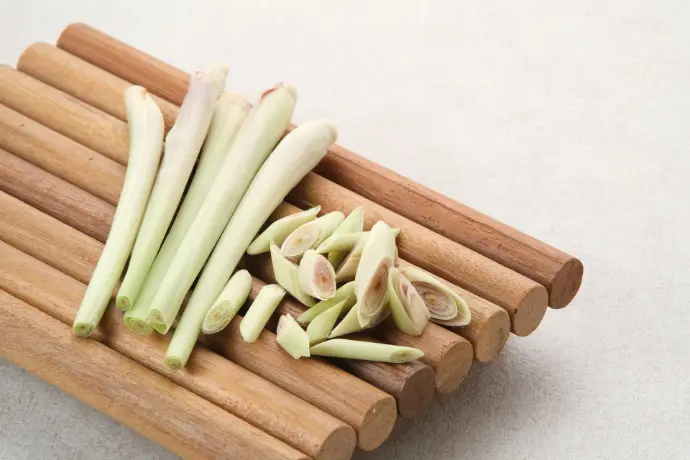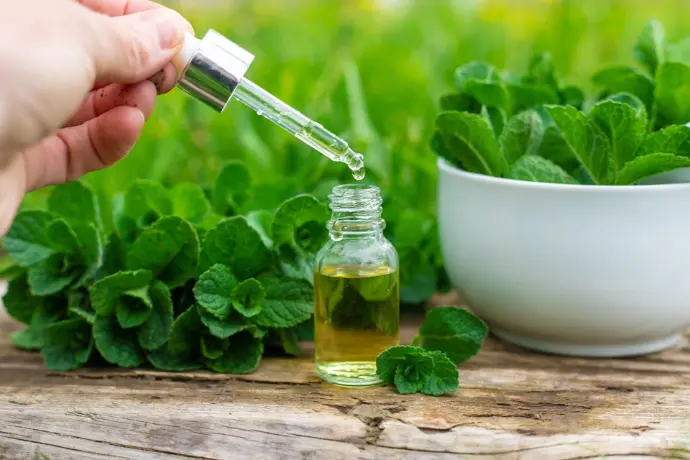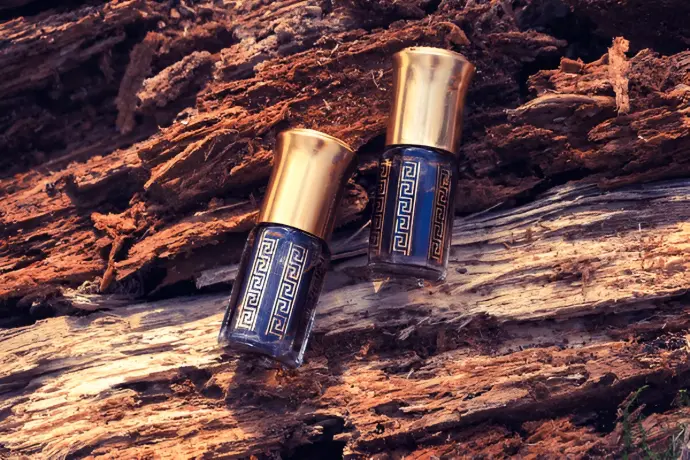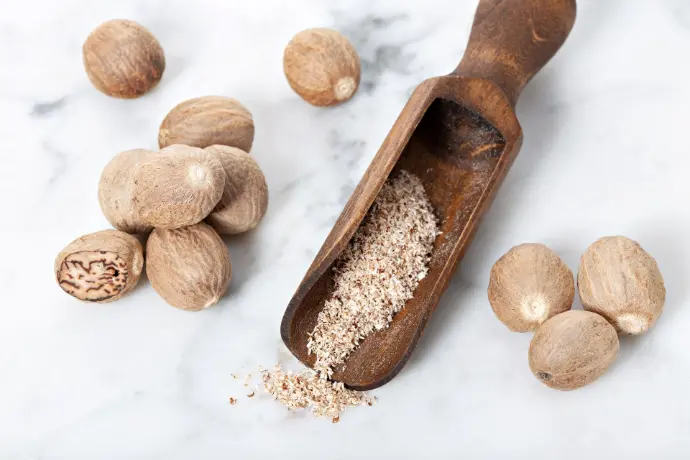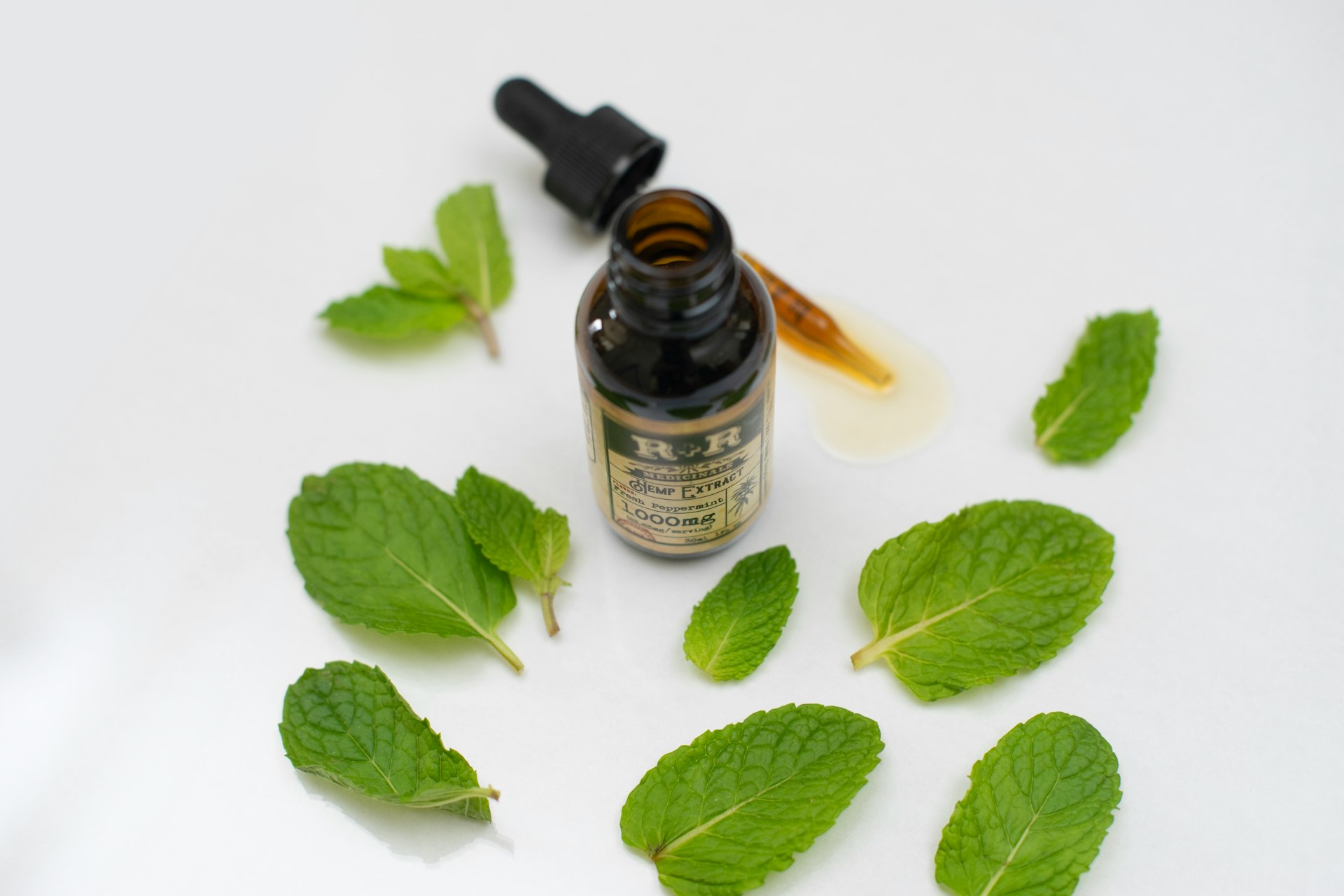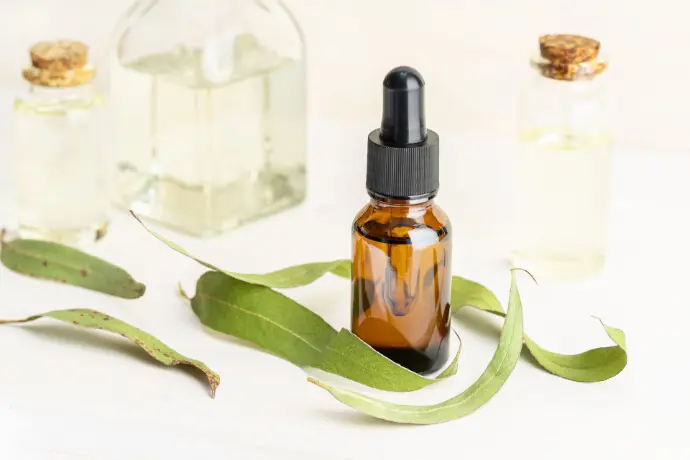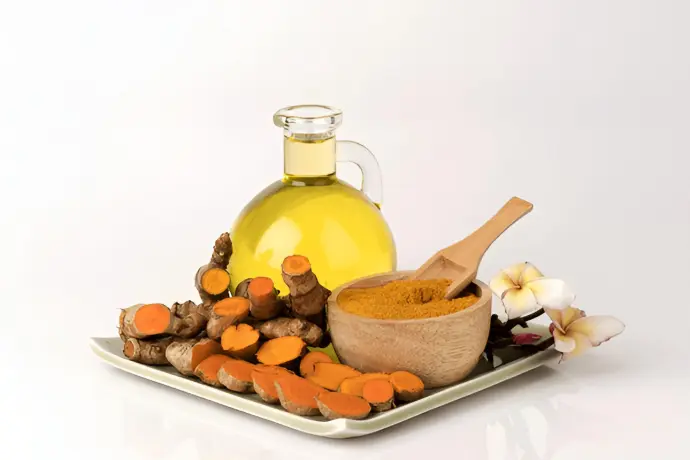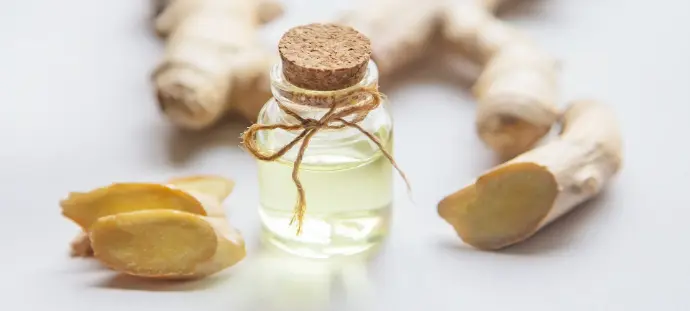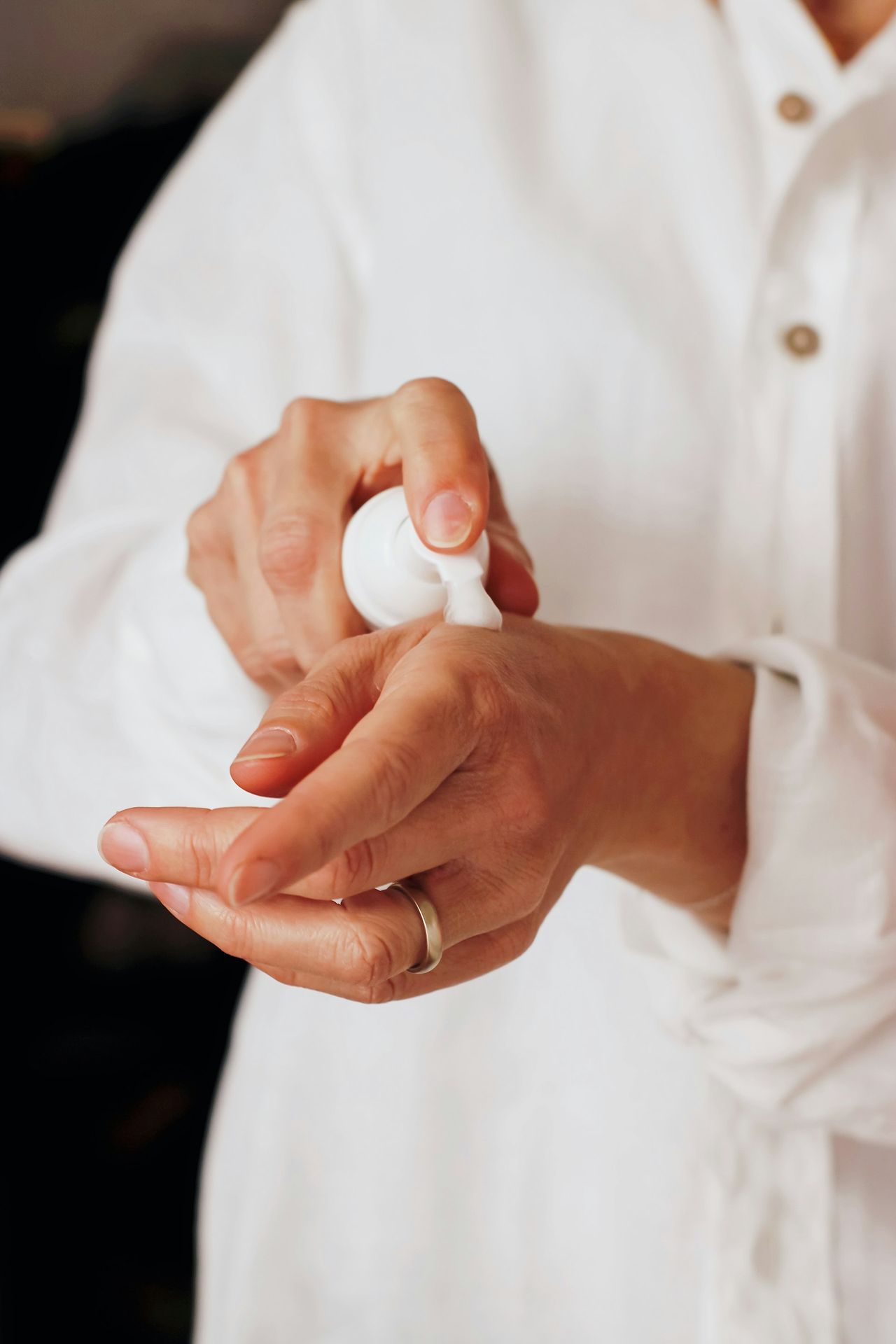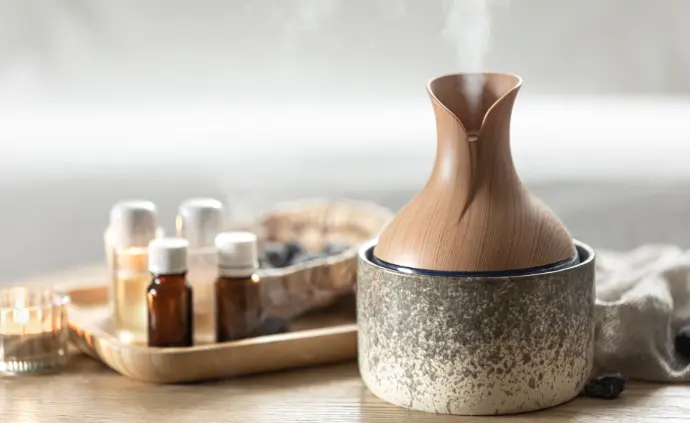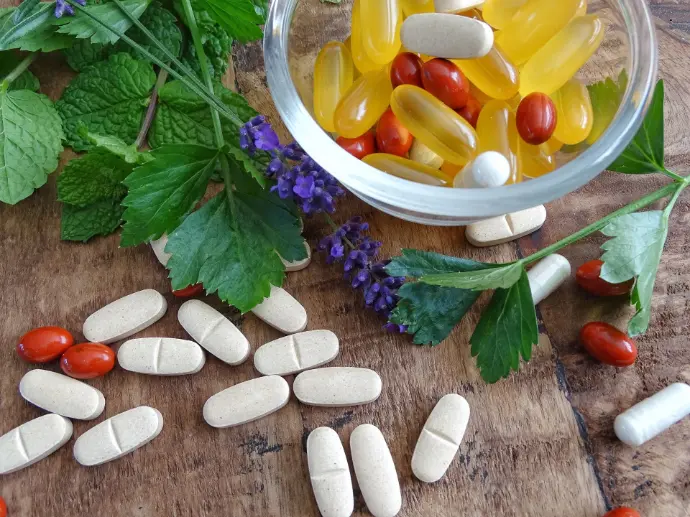About Product
Lavender essential oil comes from the flowering plant Lavandula, part of the Lamiaceae family. It includes 47 known species. Its native range extends from the Cape Verde and Canary Islands crossing through Europe to Northern and Eastern Africa, as well as Southwest Asia and Southeastern India. Species of Lavandula are grown widely in temperate regions for use in gardens and landscaping, herbal cuisines, and oil extraction.
Lavender essential oil is steam distilled from its dried flowers. The essence contains floral monoterpeneoids and sesquiterpeneoids with linalool and linalyl acetate as primary compounds along with moderate amounts of lavandulyl acetate, terpinen-4-ol, and lavandulol.
Lavender essential oil has several medicinal and culinary lavender properties which treatment can be best approached with aromatherapy oils. It remains among the most popular oils used in aromatherapy due to its versatility.
The lavender plant Lavandula angustifolia might be best known for its essential oil—the oil that is relaxing and can aid in anxiety disorders, fungal diseases, allergic conditions, depression, insomnia, eczema, nausea, and alleviation of menstrual cramps.
It is also claimed that lavender essential oil has inflammation reducing properties and acts as an antifungus agent. Furthermore, it possesses qualities such as antidepressant and antiseptic functionalities along with antibacterial activity to some extent and even shows an antimicrobial effect. Moreover lavender oil can calm spasms (antispasmodic), relieve tension (analgesic), detoxify the body (detoxifying), lower blood pressure (hypotensive) and has a sedative action.
Lavender essential oils can treat minor burns and bug bites. They can also help with anxiety disorders as well as hair loss, insomnia or sleeping problems, depression, hypertension or high blood pressure and restlessness.
Composition
- Linalool: A major compound responsible for lavender’s calming and relaxing effects. It also has antimicrobial and antioxidant properties.
- Linalyl acetate: Contributes to the floral, slightly fruity aroma of lavender and enhances its calming and anti-inflammatory effects.
- Camphor: Adds a cooling, fresh note to the aroma and supports lavender’s ability to relieve pain and promote relaxation.
- Terpinen-4-ol: Provides antibacterial and antifungal properties to lavender essential oil.
Physical Characteristics
Appearance: A a pale yellow to clear liquid.
Odor: Floral, fresh, and herbaceous, with a slightly sweet, calming aroma. It is known for its soothing, relaxing, and uplifting qualities.
Taste: Rarely consumed, it has a slightly bitter taste when used in small amounts for medicinal or culinary purposes.
Health Benefits
- Calming & Relaxation:
Reduce anxiety, ease tension, and promote relaxation, making it ideal for use in stressful situations or before sleep.
- Antibacterial & Antiseptic:
Treating skin conditions such as acne, minor burns, cuts, and insect bites. It also helps prevent infections by promoting the healing of wounds.
- Anti-inflammatory:
Reducing inflammation, making it beneficial for conditions like arthritis, muscle pain, and skin irritation. It can be applied topically to relieve discomfort.
- Pain Relief:
Lavender oil is used to relieve headaches, migraines, and muscle pain. It has soothing analgesic properties that help reduce pain and discomfort, particularly when applied through massage or topical applications.
- Improved Sleep:
Help treat insomnia, promote deep sleep, and reduce restlessness by creating a calming environment.
- Respiratory Health:
Helps clear congestion and promotes better breathing by relaxing the muscles in the respiratory tract.
- Antioxidant:
Protect the body from free radical damage and reduce the signs of aging. It supports overall health by neutralizing oxidative stress.
Lavender essential oil serves as a potent flavouring and aromatic agent.
Lavender essential oil is used extensively in the cosmetic and pharmaceutical industries for the formulation of perfumes, ointments, creams, etc. Essential oils are also required in aromatherapy. For the treatment of coughs and respiratory infections, lavender oil is added to vaporizers or atomizers for effective results.
Lavender essential oil has monoterpeneoids and sesquiterpeneoids. From these compounds, linalool and linalyl acetate are in high concentrations along with moderate amounts of lavandulyl acetate, terpinen-4-ol, and lavandulol.
Key Features
- Source: Derived from the flowers of the Lavandula angustifolia plant.
- Active Ingredients: Linalool, linalyl acetate, camphor, and terpinen-4-ol, responsible for its therapeutic benefits and fragrance.
- Appearance: Pale yellow to clear liquid with a floral, fresh, and calming fragrance.
- Applications: Used in perfumes, skincare, hair care, aromatherapy, sleep aids, and health products.
- Health Benefits: Calming, antibacterial, anti-inflammatory, pain relief, sleep aid, respiratory support, and antioxidant.
Application
Fragrance Industry:
- Perfumes & Colognes: Lavender essential oil is a top note in many perfumes and colognes, often used for its fresh, floral aroma. It blends well with citrus, wood, and herbal notes and is a common component of both floral and oriental fragrances.
Cosmetics & Personal Care:
- Skincare: Lavender oil is widely used in skincare for its antibacterial, anti-inflammatory, and soothing properties. It helps treat acne, reduce skin irritation, and promotes healing for minor burns, cuts, and insect bites.
- Hair Care: Lavender oil is used in hair care products to improve scalp health, promote hair growth, and reduce dandruff. It stimulates hair follicles and enhances circulation to the scalp.
Aromatherapy:
- Stress Relief & Relaxation: Lavender essential oil is a cornerstone of aromatherapy due to its ability to promote relaxation and reduce stress. It is used in diffusers, massage oils, and bath products to promote a calming atmosphere and reduce anxiety.
- Sleep Aid: Lavender oil is known for its ability to improve sleep quality. It is often used in sleep-inducing blends to promote restful and deep sleep.
Health & Wellness:
- Pain Relief: Lavender oil has analgesic properties, making it useful in treating headaches, migraines, and muscle aches. It can be used topically for pain relief or diffused for calming effects.
- Respiratory Support: Lavender essential oil is also known to help ease respiratory issues, such as congestion and asthma, by relaxing the muscles in the respiratory tract.
ALSO ACT AS A
Flavoring Agent : Lavender Essential Oil is utilized in the flavoring, cosmetics and soap industries as a perfume component.
Aromatic Agent : for lavender essential oil, linalool and linalyl acetate are used in aromatherapy. In terms of medicine, lavender essential oil as a whole has been utilized for quite some time. it has also been recommended to have anticonvulsant, antidepressive, anxiolytic, sedative and calming effects.
Therapeutic : Have anti-inflammatory antifungal antidepressant antiseptic antibacterial and antimicrobial functions as well as weak antispasmodic analgesic detoxifying hypotensive and sedation functions.
Nutrition: Claiming to reduce acne, lighten skin and slow wrinkle formation. Lavender can be ingested, topically applied or inhaled through aromatherapy which makes it suitable for the pharmaceutical and cosmetic industry.

